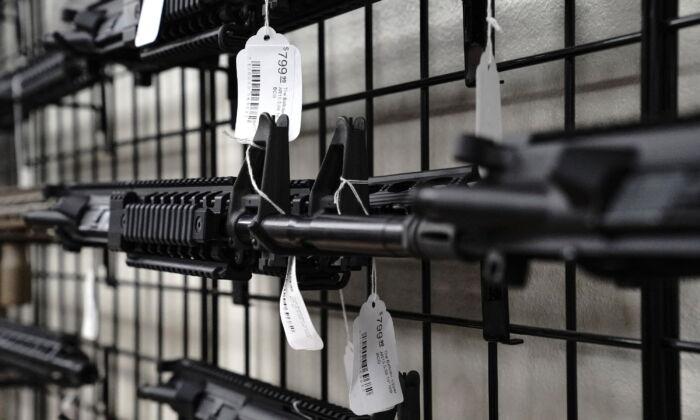The legal challenge to the Liberal government’s order to ban over a thousand models of firearms is being heard in federal court this week.
The ban came on the heels of the mass shooting around Portapique, Nova Scotia, which claimed 22 lives.
“We are ending the proliferation of these weapons and the militarization of our society. From this moment forward, the number of these guns will only decrease in Canada.”
The multiple suits are being herd jointly in the judicial review and applicants include a firearms rights organization, firearms manufacturers and suppliers, hunters, and sport shooters.
The applicants make several claims, including that the order making the firearms illegal was created and promulgated through “incorrect, unreasonable” and “impermissible sub-delegation of authority,” that the regulation breaches section 7 of the Charter, and that it’s inconsistent with the Canadian Bill of Rights.
The Liberal government says that removing what it calls “assault-style” firearms from circulation will help to curb gun violence.
Solomon Friedman, one of the attorneys representing the applicants, went after that term in court on April 11, mentioning that it doesn’t appear in the Criminal Code or the Firearms Act.
Friedman said that “assault weapon, assault style, and military style are important terms” because they appear “throughout the respondents’ evidence.”
“I want the court to recall these are not defined terms known to our law and the criteria for what firearms are ‘assault style, military style’ are similarly undefined,” he said.
The applicants argue that the weapons banned by the order-in-council of May 2020 are reasonably used for hunting and sport shooting, and that the “assault style” term is being applied on purely cosmetic grounds.
Justice Catherine Kane asked Friedman whether there are alternatives to the newly-banned firearms.
“Because the information that I’ve read so far suggests that while there are 1,500 listed ... there still are many, many that remain available.”
Friedman replied that Kane would hear submissions about the existence of alternatives but said it does not change the fact that you have to “look at these objects and ask: are they reasonable for use in Canada for hunting and sporting purposes?”
One of the applicants challenging the regulations is Laurence Knowles, a member of the Haida First Nation in B.C.
“Mr. Knowles currently owns four Prohibited Items, which he purchased at significant expense for particular and specialized hunting, trapping and wildlife management activities within the traditional Haida Nation territory,” says the document.
The amendments sought to add hundreds more firearms to the prohibited list and create an evergreen definition of what is perceived as an “assault style” rifle.
Bill C-21 includes provisions to enshrine the current handgun freeze in legislation and enact red-flag laws to remove firearms from individuals believed to pose a threat to others or themselves. The bill is currently in committee.





